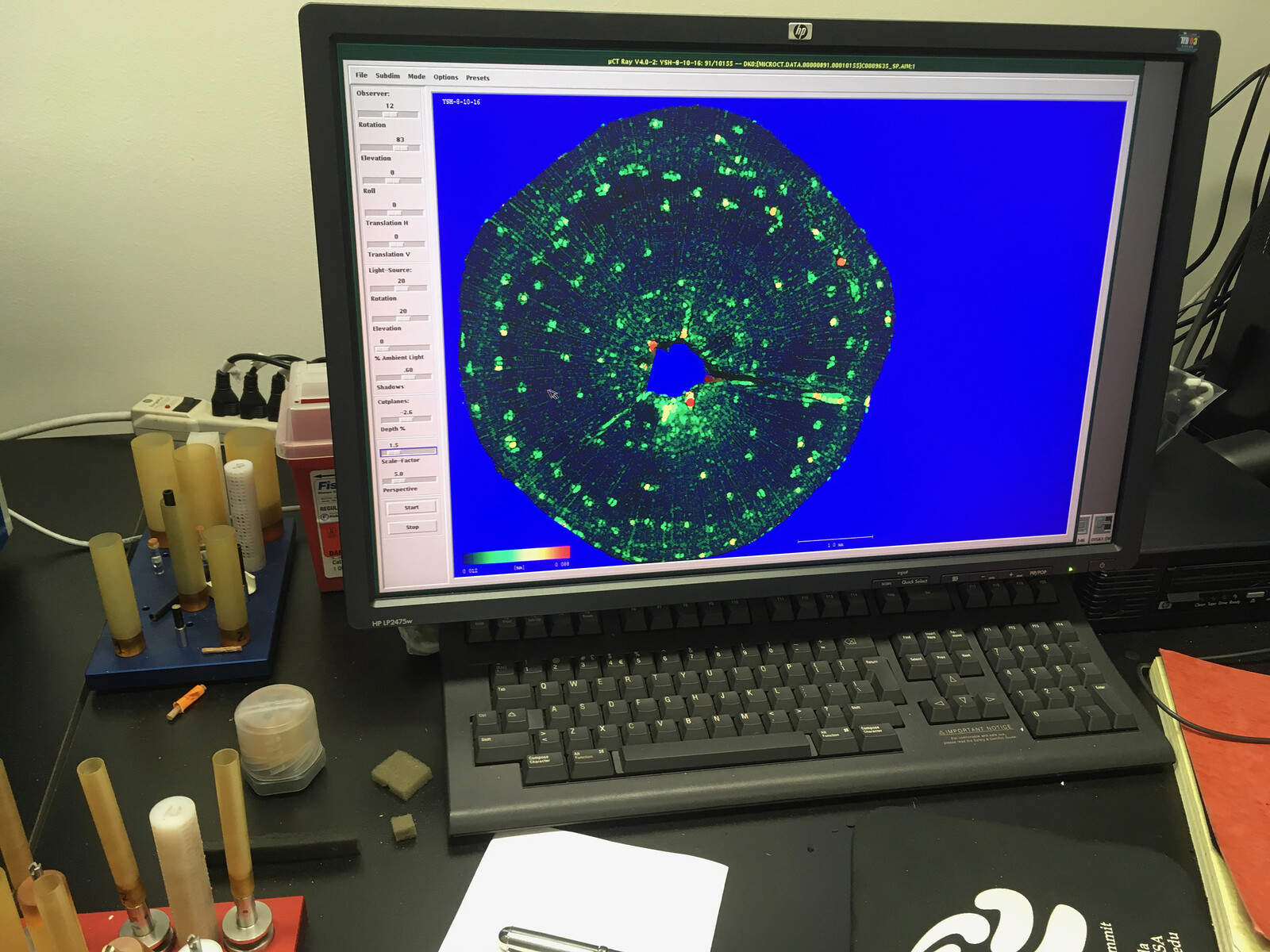The history of social civilization in the last two centuries may be read as an attempt to escape the inflexible law of the survival of the fittest. Social solidarity has been the attempt to transform the world into an anti-natural place of no competition. The autonomy of politics and ethics from the natural law of evolution was based on the conscious limiting of the power of intelligence. When intelligence is not restrained by sensibility, it deploys as brutal force.
Techno-body
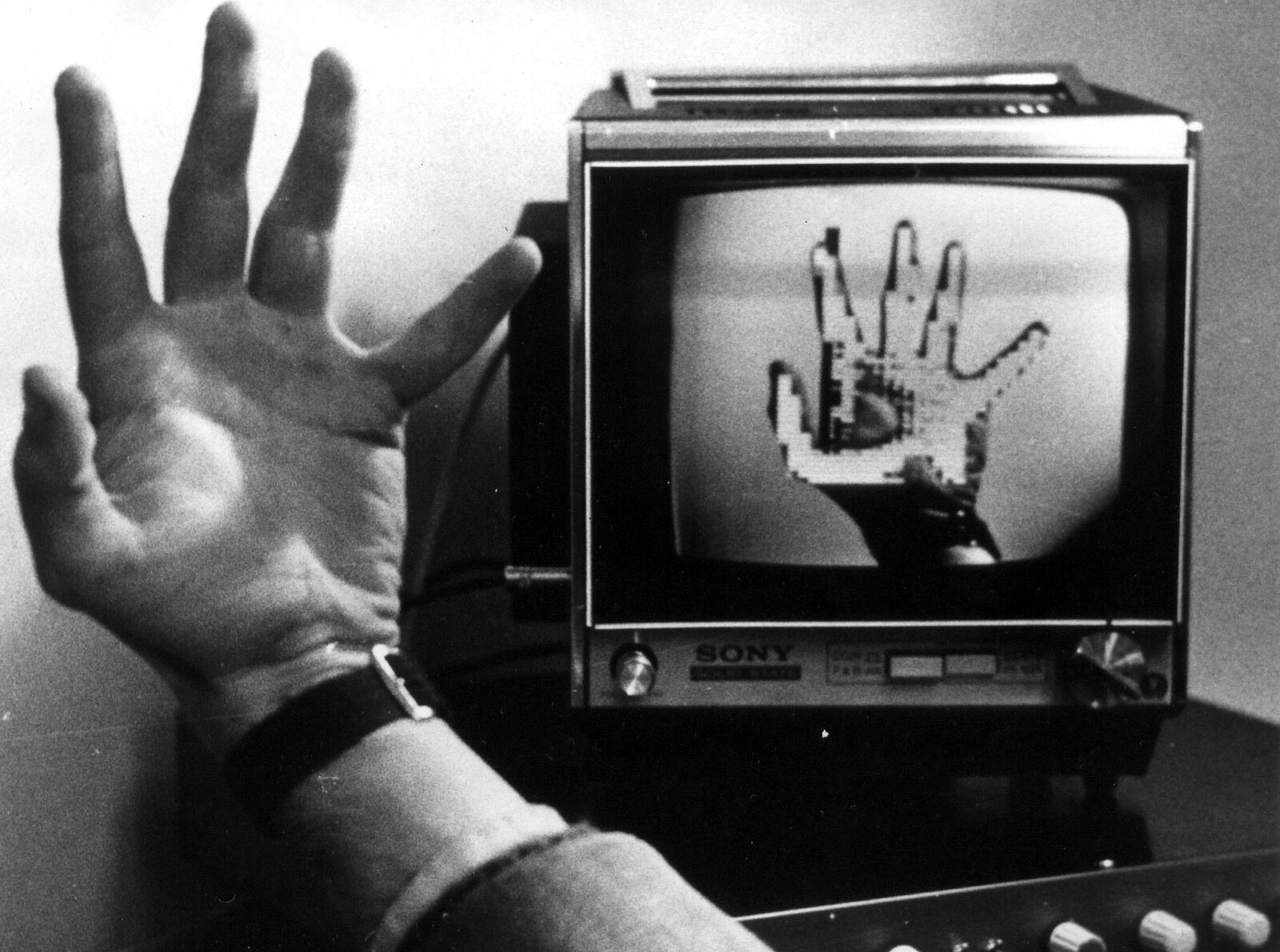
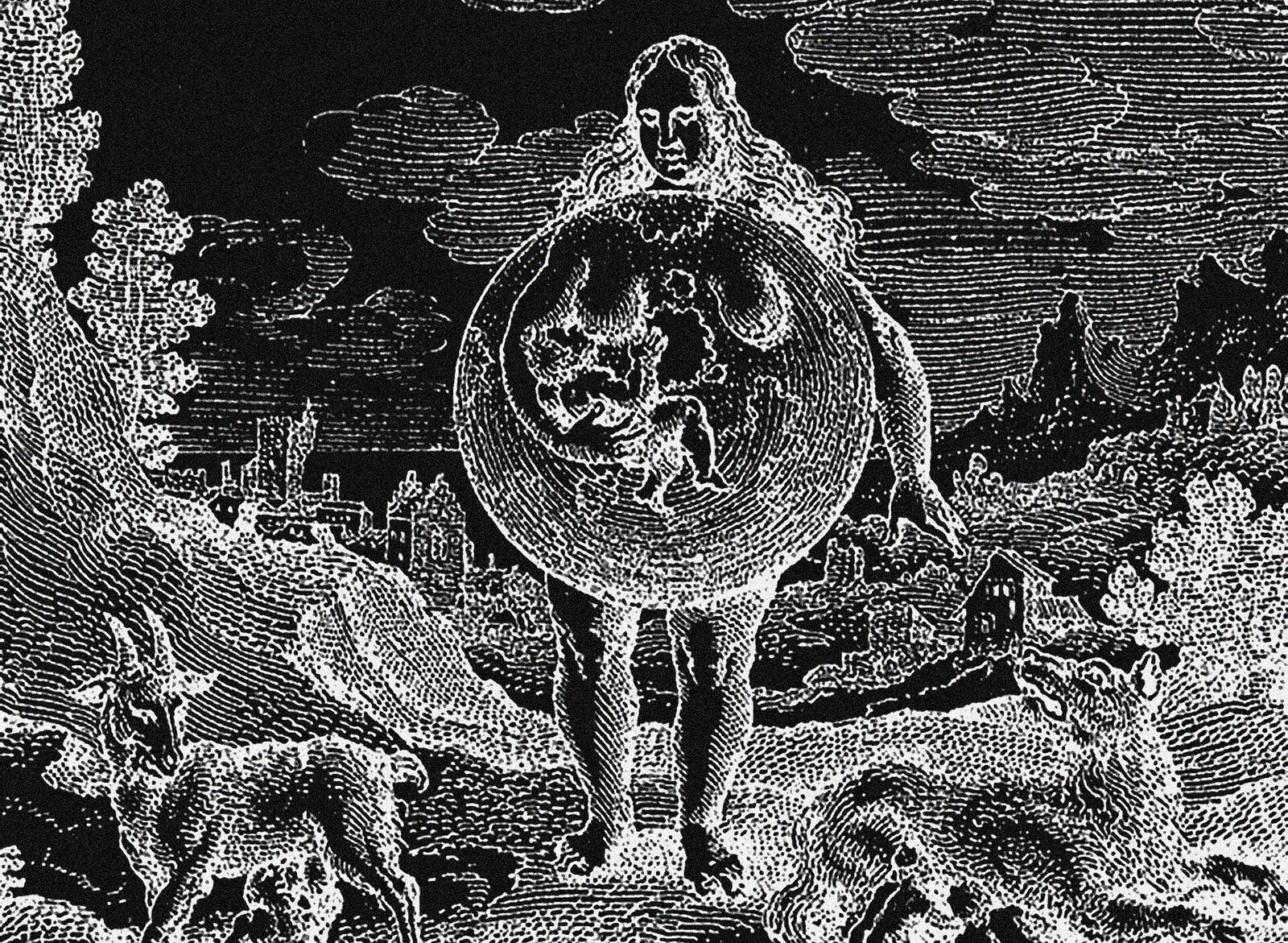
The techno-body can be defined as the convergence of machines and consciousness. This reader explores the spectrum between bodily experience and the futuristic limitlessness of artificial intelligence. Franco Berardi warns against a transhumanist dystopic future that sees the human world reduced to computation. The “information body” is a medium for Qigong practitioners in post-Mao China. In Spike Jonze’s film Her, a human has a love affair with a disembodied female voice. Technology’s ability to access the dimension of existential experience is questioned by Lorenza Pignatti. Are humans transitioning into machines? What does this mean for our relationships with the biosphere, with labor, with ourselves?
Kurenniemi was looking for a new sensorium through technological instruments and fleshy excitements such as alcohol, drugs, sex, and combinations thereof. In his life, any boundary between science, music, physics, pornography, and technology was porous. Dimi-S (aka Sexophone or Love Machine, 1972) is a device that generates sounds through the skin contact of four performers who hold electrodes that generates bio-feedback. Each Sexophone session is unique, as the sound is generated by the electric conductivity of the players’ epidermises. The players are asked to follow some instructions to activate the machine, as in Fluxus or algorithmic art. Sexophone is an ironic forerunner of cybersex.
The human body as a medium is not a new phenomenon. Traditional Chinese philosophy and religious practices, as well as spiritualism in the nineteenth century, had featured different versions of the body-as-a-medium within different epistemological modes. The increasingly pervasive computational environments bring the human body to the center of current media studies, especially in the new media scholarship on digitization and networks. But the emergence of an “information body”—the body as a medium for information processing—in China in the 1980s, on the one hand, registered the ways in which contemporary media technologies transform the perceptions and interactions of the human body with the world, and, on the other hand, was a discursive construction deeply entrenched in the politics of the postsocialist world, accompanying the production and unleashing of consumer desire in the process of marketization, and concurrent with the privilege of “information workers” over factory workers and peasants, who were once valorized as socialist subjects. This “information body,” however, is not merely a passive receiver or transmitter of information.
In our neoliberal era, subjectivities are being further shattered by absolute capitalism and its crisis of human, environmental, and interpersonal relations manifested, for instance, in femicide; or in the transformation of the mechanisms of love (feelings, emotions, seduction, desire) into commodities. Brokenness also stems from capitalist “productivity,” which means dispossessing peoples not only of their territories, but also their labor, bodies, language, lives. These forms of violence have been justified by the production of an abundance of goods, so that a portion of the global population can have anything we want, so we can live “good” lives designed by technocracy, adorned by culture, so we no longer have to make a living with the sweat of our brows. As the communist idea of cooperation is obsolete, excess production and labor achieved through violence and dispossession provide the general feeling that we can have comfort while being relieved of the pressure of contributing to society and of the feeling that we are needed by others.
What is life in a world where I am also the architecture of that world? Until recently, the history of Western scientific development has been a history of a brutal spiritualism, where discoveries of cosmic mechanics only further displace the human observer. I might gain access to God’s computer in a quest to commune with higher forces, only to progressively discover that material forces are programmed as an inhospitable abyss in which my life means nothing. Science might come to the rescue to draw these material forces back under human command, weaponizing and industrializing their power to limit their threat. From Descartes conceding that we possess an exceptional soul in spite of being animate machines and Darwin’s allowing us an aristocratic status in spite of being animals, a brutal self-extinction has haunted (perhaps even guided) the European spiritual imaginary since the Enlightenment. We might eventually consider that mechanical forces and animal survival might have better things to do than conspire to exterminate our human kingdom the moment we observe them. In the meantime, we still need to contend with a world or worlds that serve our every need in the absolute, even amplifying them into architecture, sealing us in and serving us at the same time.
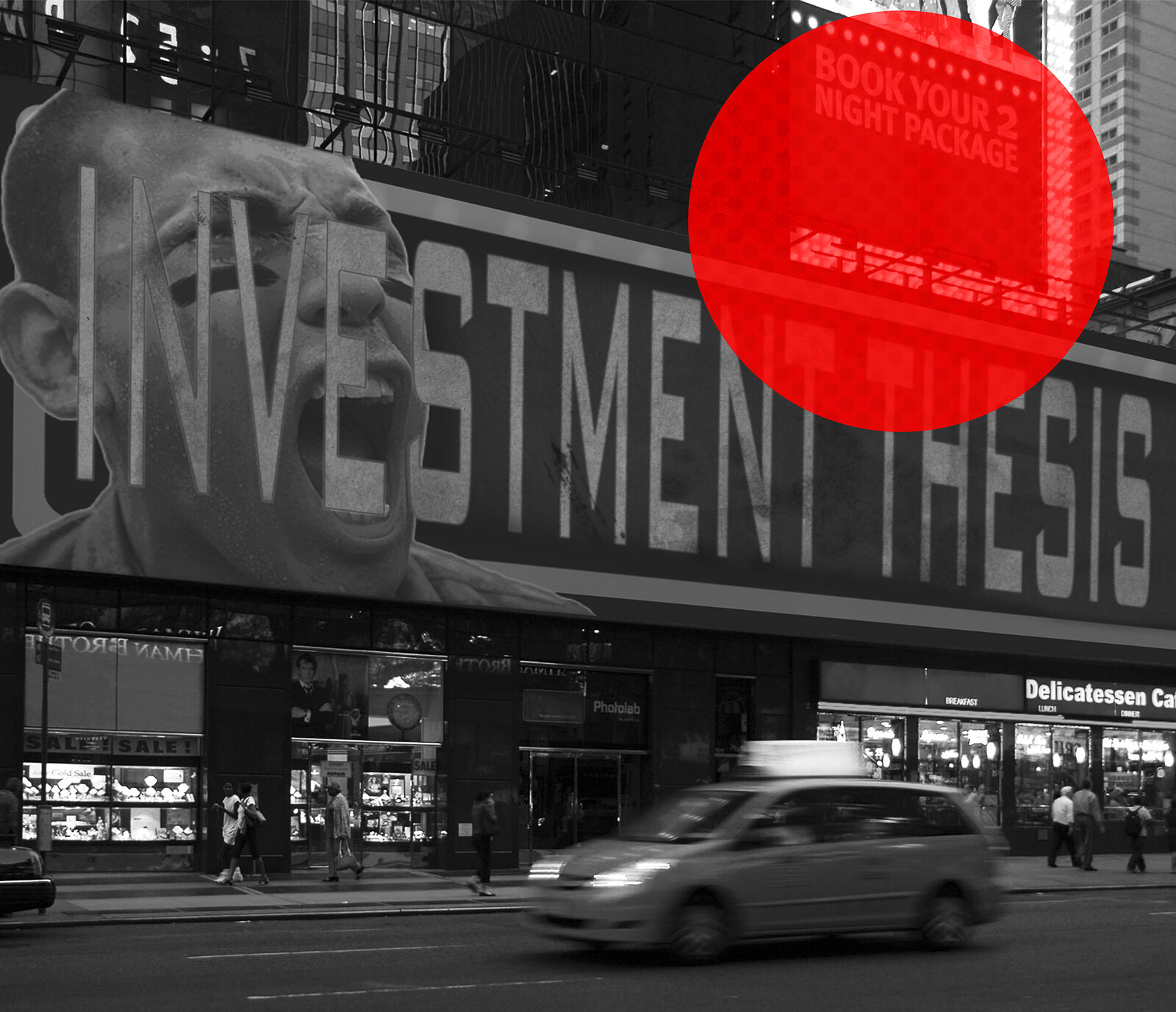
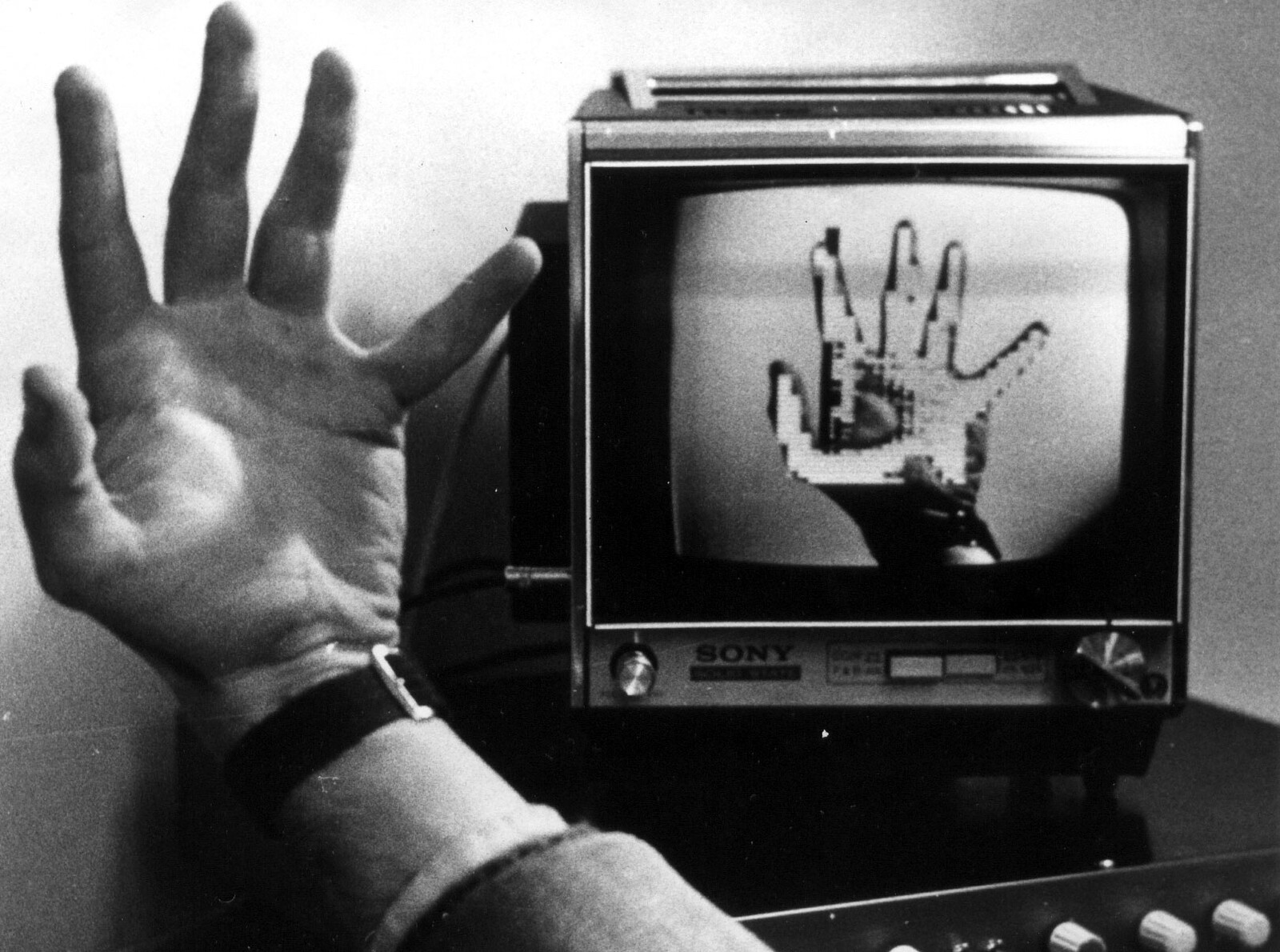
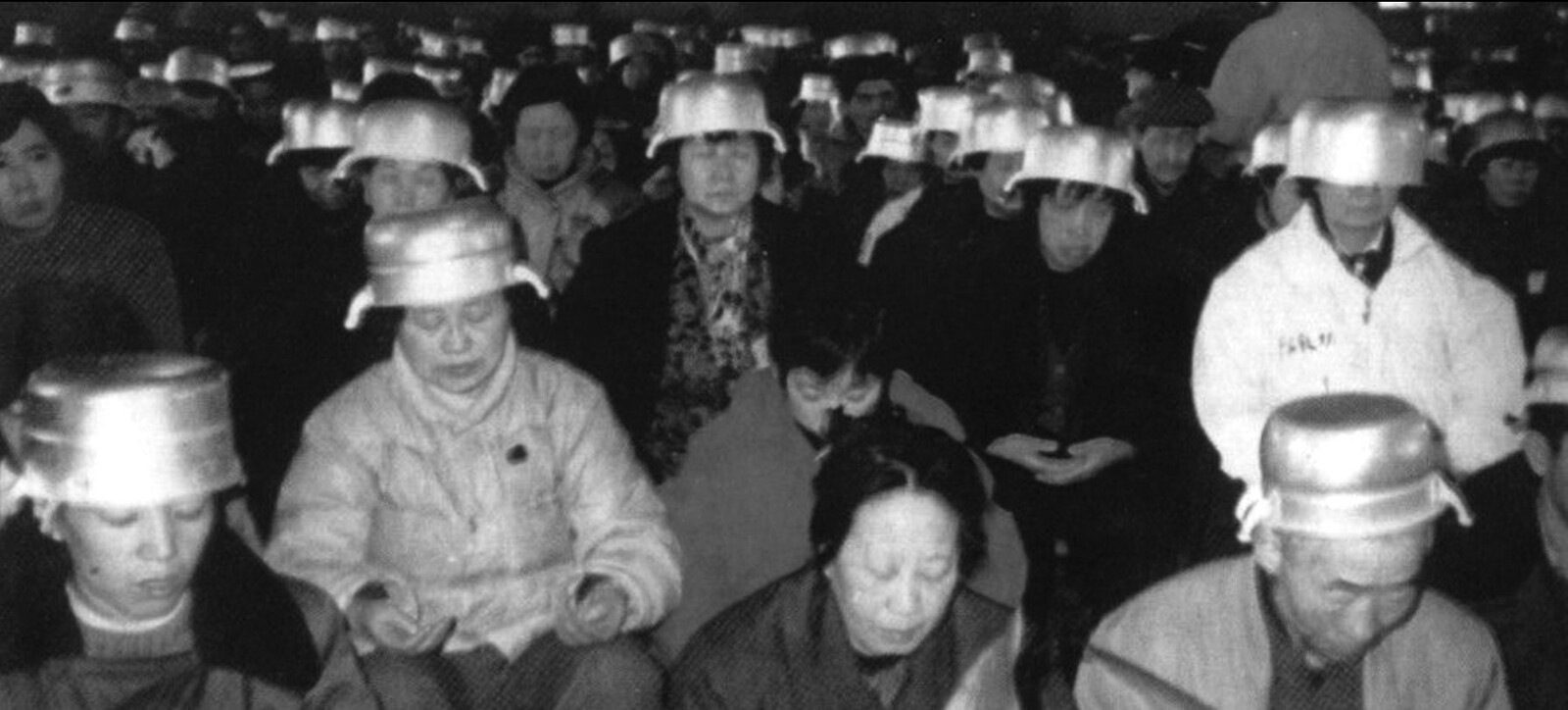
WEB.jpg,1600)


